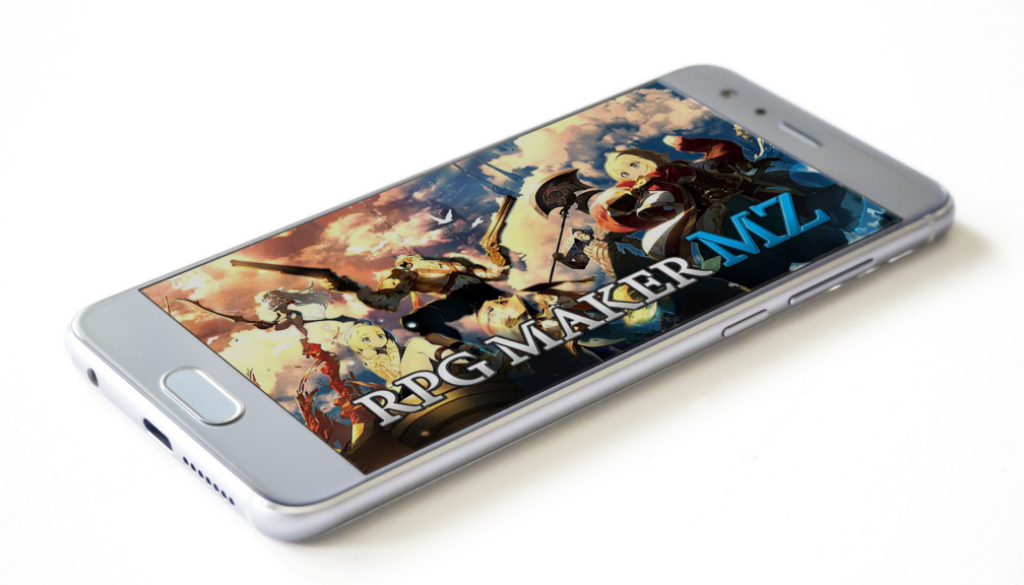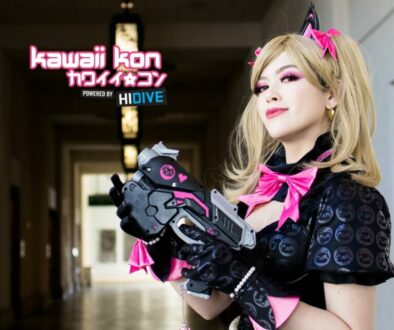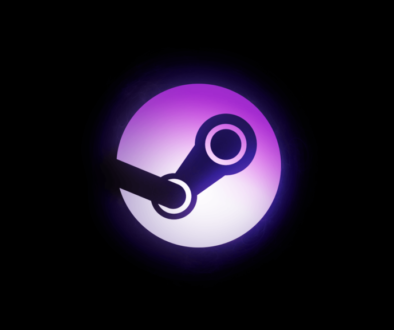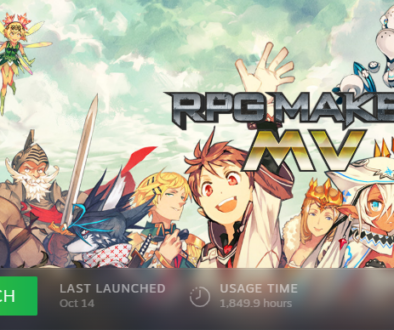10 Essential Tips for Mobile RPG Maker Projects

This blog is likely the most requested topic I have written on thus far. This post is the first of a series that will cover using RPG Maker MV and RPG Maker MZ for Android games specifically and mobile games generally. I believe these posts and their companion videos will be my most viewed content.
Let’s talk a bit about the viability for you to put your game on Android. I want to set your expectations appropriately. We also will discuss general concepts that will help your game perform better and prepare you for the difficulties of deploying on a mobile platform. With no further adieu, here are the ten things to consider when making an RPG Maker Project for Android.
1) OpenGL on mobile is a different beast than on desktop.
IOS and Android use a different version of OpenGL than their desktop counterparts. Thus, many things that work great on desktop either do not work or perform terribly on mobile.
2) Do you have decent touch controls?
RPG Maker’s keyboard and gamepad support are among the most robust out-of-the-box compared to other engines. The mouse controls are okay. However, RPG Maker’s stock touchscreen controls are crap. They are unique in the wrong way.
3) Tint animations and tint fades don’t play well with mobile.
You can use tints for one frame, but don’t expect to do a 60-frame tint transition with a tint change on every frame. Tints are hell for the mobile version of OpenGL. I created a plugin for my game that switched all over-time-tints to one-frame-tints.
4) Smaller games are easier to publish on mobile.
I will talk about file size limits later in this series. For now, I just want to say that the simplest way to upload your game to the Android Play Store is to keep the deployed size under 200MB. For reference, a default RPG Maker MV/MZ project will be about 1111MB. Get the picture?
Yes, get the files in your game’s pictures folder and compress the hell out of them. If you don’t have a native compression tool, I prefer TinyPng. Unfortunately, you can only compress 20 files per session, so you will have to shell out some cash for the premium version of TinyPng if you don’t want to shorten your assets over a longer span.
5) Files are case-sensitive.
In windows and mac, the file names are not case sensitive. This is not the case with the Android and IOS deployments. So check your script calls and plugins to ensure they reference all assets with correct capitalization. I tend to give all my assets lowercase names as a general rule, so I don’t accidentally make a capitalization error in my code.
6) Image files cannot exceed 2000 pixels in height or width.
I figured this out after years of working on my project. Unfortunately, my icon sprite sheet and parallax maps were much larger than 2k pixels. As a result, they were not rendering, and I didn’t know why. I also had some battler sprite sheets that exceeded this minimum. For this reason, I had to transition to skeletal animations for many of the larger enemies in my game.
7) Many plugins that work on desktop do not function on mobile.
I am a bit of a programmer. I avoid plugins unless I know precisely what they do and how they do it. Be wary of using plugins that you don’t understand. Try to sit down and think about what features you can’t live without, and maybe use the plugins that do what you need. If you understand your plugins, you can use them more. You can even create your own.
8) There is no developer console on mobile.
Developer console is a handy tool that helps RPG Maker devs diagnose bugs in their code. Unfortunately, you will not have this luxury when detecting bugs during mobile testing.
Oh, what’s that? Does your game crash? Did you say it works perfectly on the desktop version? Good luck figuring out the problem. Maybe delete that map or skill or common event you were using and start over because the developer console will not be able to help.
9) Getting into the Google Play Store is complex. The App Store is worse.
Creating the game is only half the battle. Deploying the AAB format to the Google Play Store is a nightmare. A thousand things will stop you, so be prepared to do some persevering.
10) Opensource and community resources for Play Store API are scarce/nonexistent.
RPG Maker open source communities are doing nothing for the Play Store API. So be prepared to go outside the RPG Maker community if you want to do cloud saves, achievements, advertising, and the like. Also, the technical skill required to implement these features is bearly in my grasp, so if you can pull it off, you are a better dev than me.
Closing Thoughts
Thanks for reading. I hope reading this gives you a better idea of what you want to do with your RPG Maker game. My next post will provide a technical tutorial on publishing an RPG Maker Project for Android.



